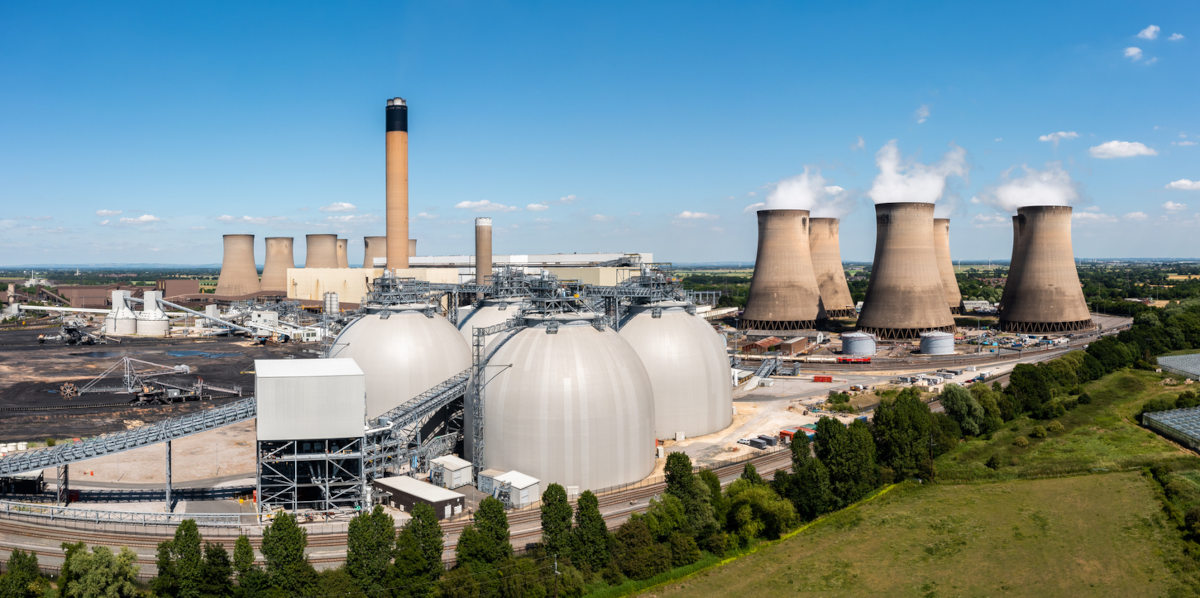Insight Focus
- Biomass is humanity’s original fuel.
- It’s now undergoing a renaissance as a carbon-neutral fuel.
- We explore the basics of using biomass for carbon neutral power.
Biomass is nothing less than humans’ original fuel and building material. Long before we discovered the potential of fossil fuels and began to exploit them to power machinery, we used biomass to heat and to cook, and for shelter. Many of us still do.
Biomass is organic matter, material that comes from plants or animals. The most obvious biomass energy source is wood, but heat and warmth can also be generated from plants as diverse as grasses, cotton, sunflowers, palm nuts, wheat, sugar or rice.
The one common characteristic to all plant biomass is that these plants absorb carbon dioxide as they grow and release it when they’re combusted. They’re carbon-neutral.
If we plant, or grow, as much vegetation or trees as we consume in biomass energy, we’re absorbing the CO2 that burning the biomass emitted, and keeping the carbon cycle closed.
There are numerous ways in which biomass can be used to generate carbon-neutral power, and there are hundreds of projects around the world that are generating carbon credits by generating clean electricity.
Near Chandigarh in India, a dairy company burns rice husks to generate steam for its milk plant, and saves more than 17,000 tonnes of CO2 emissions a year by not using fossil fuels.
In the province of Quebec in Canada, Arbec Forest Products uses biomass instead of fuel oil and LPG to dry wood in its sawmills. And in Brazil, Milenium Ceramic burns wood instead of petroleum products to heat its kilns.
Biomass energy is also making its way among consumers in the developed world, where biomass boilers – usually burning wood pellets – generate heat for many residential users.
When bio-matter decays it releases methane, a greenhouse gas that is 23 times more powerful than carbon dioxide. Some technologies turn this methane into biogas and use it as a fuel. By using biomass or its gases as an energy source, we are emitting CO2, but also avoiding the emission of the much more climate-damaging methane.
And again, biomass energy is carbon-neutral.
And it’s not just plants that are helping the climate. Animal waste from farming releases a vast quantity of methane into the atmosphere, and hundreds of projects around the world are capturing and using this methane to power factories and light towns.
There’s growing interest in finding ways to store carbon in wood that’s used for construction. Developments in materials technology are making wood construction in larger, taller buildings more feasible, replacing carbon-intensive concrete in buildings as tall as 18 floors. One company in Sydney is planning a 40-storey tower made of wood, steel and glass.
All these technologies and more to come represent reductions in carbon emissions compared to business-as-usual, and if they don’t already, they could potentially generate carbon reductions in the form of carbon credits. Most importantly, they are helping “bend the curve” of the growth in atmospheric CO2 concentration.














